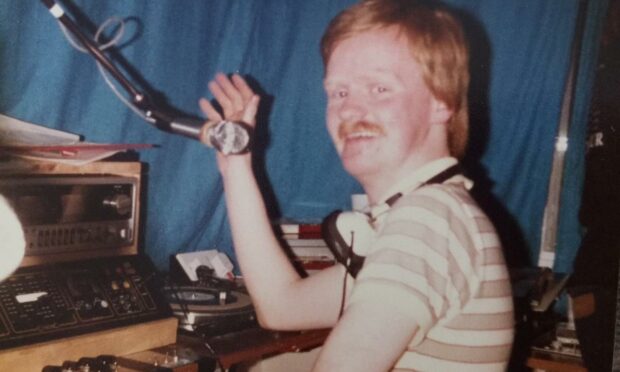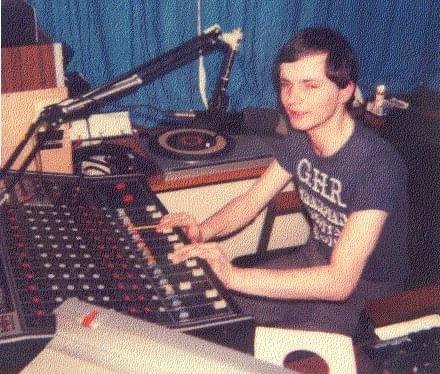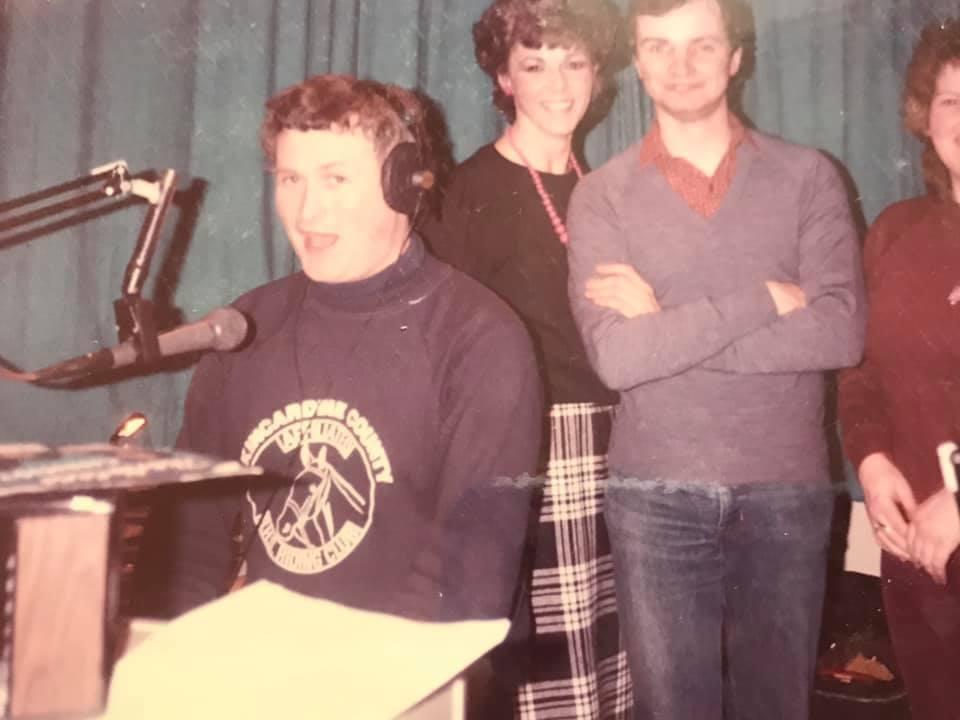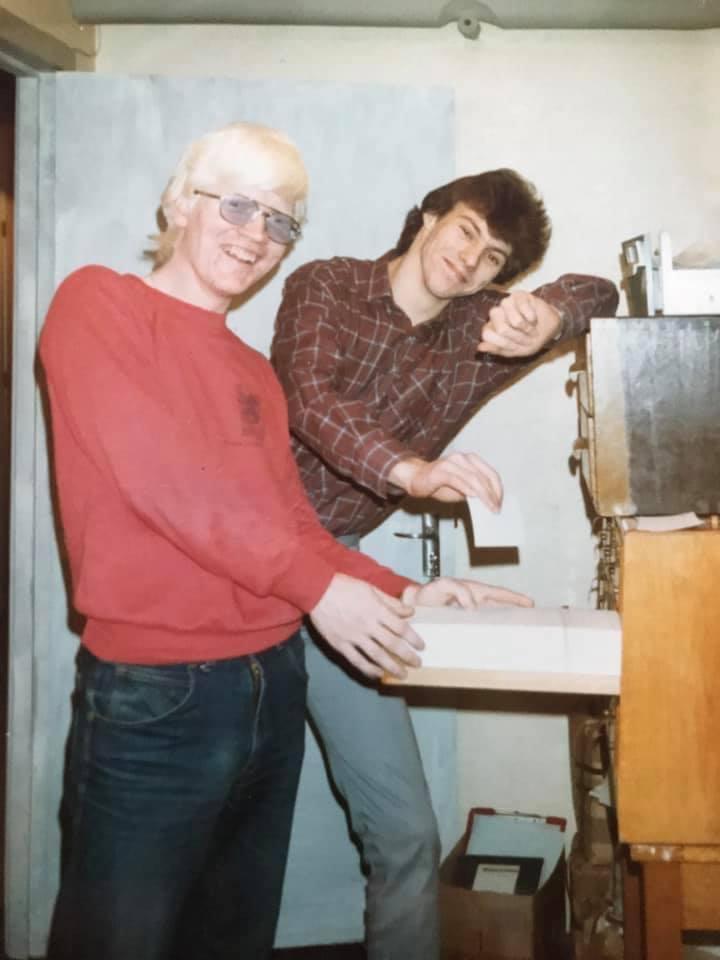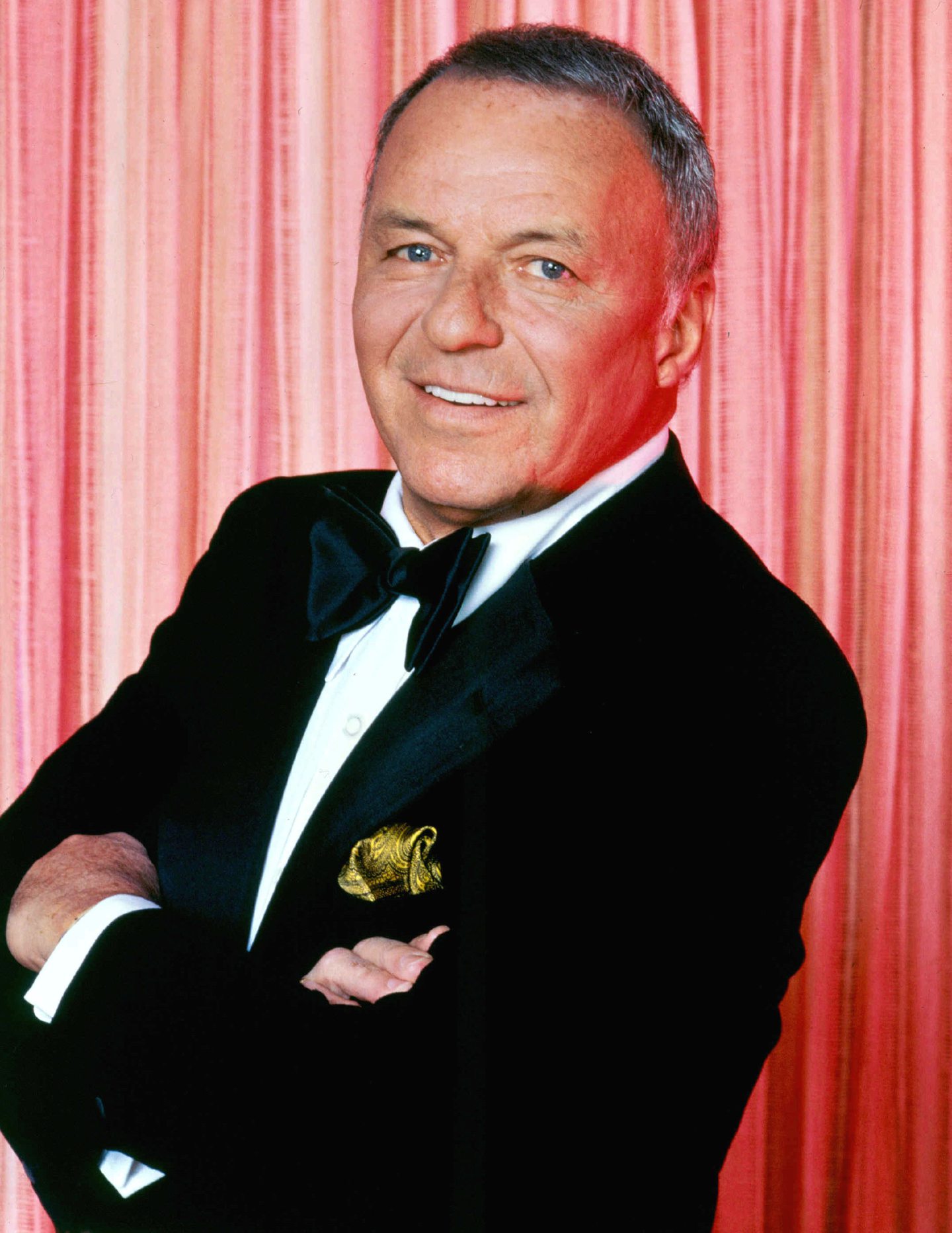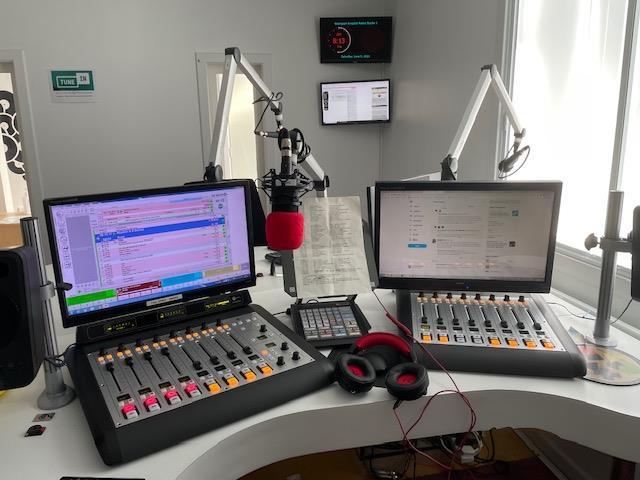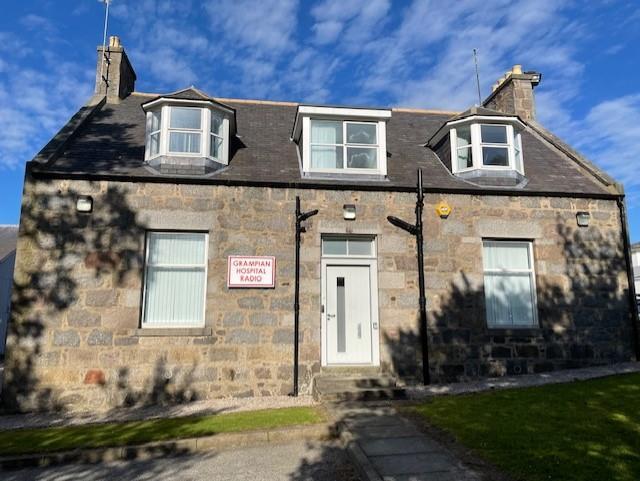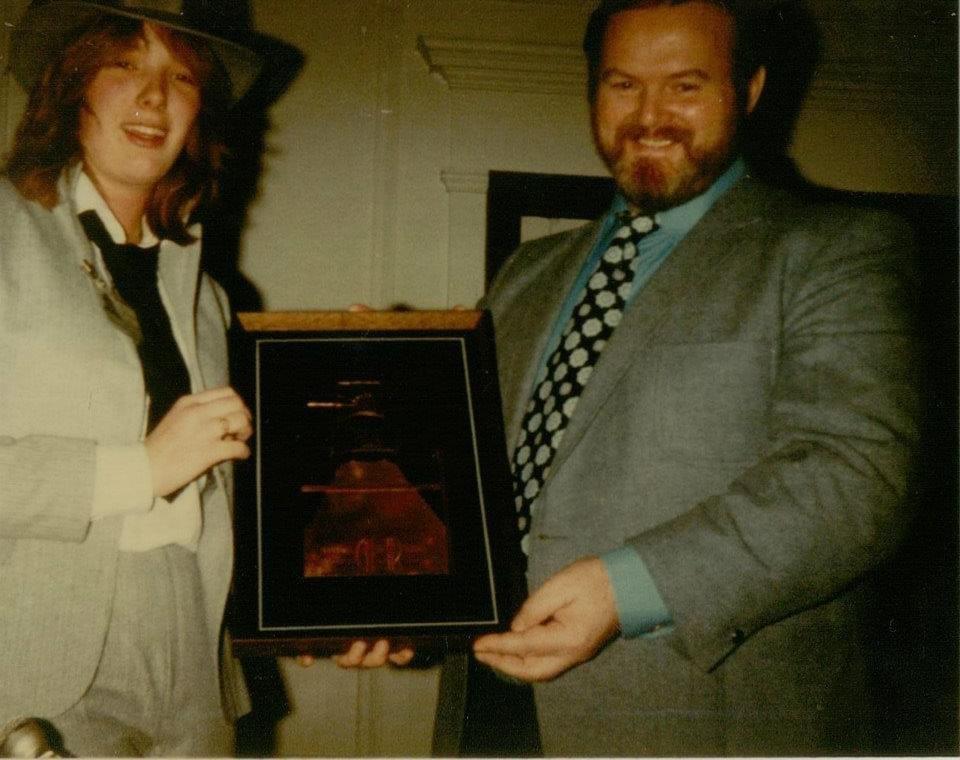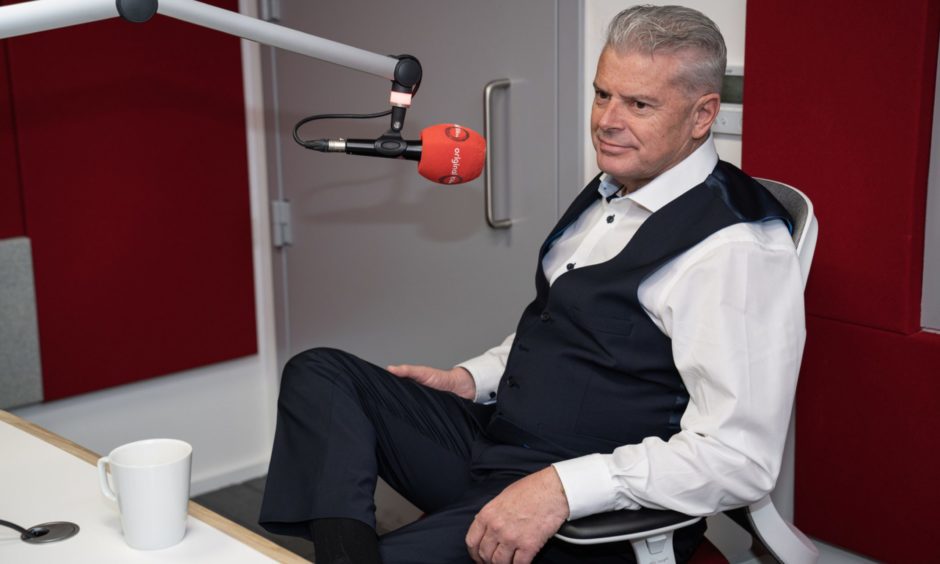It was a venture that began on a shoestring budget and was launched in a blizzard, but has proved a virtue to thousands of patients in Aberdeen.
Now, Grampian Hospital Radio is celebrating its 40th anniversary by launching an app that will allow its programmes to command a wider audience and forge closer links between patients and their families and friends across the globe.
The station may have had humble origins but it kicked off with a swing when The Continental by American chanteuse and actress Maureen McGovern – who appeared as the singing nun in the comedy classic Airplane – was broadcast from a small room in the basement of the former nurses’ home at Aberdeen Royal Infirmary in 1981.
And ever since that maiden voyage on the musical carousel, its innovative DJs, managers and volunteers have worked tirelessly, on a 24/7 basis, to offer a pick-me-up, a friendly voice and a playlist featuring everything from Queen to Status Quo and Andy Stewart to Abba for those who are bed-ridden, under the weather, and often alone.
North-east man Gordon Bathgate was one of the founder members of GHR and his enthusiasm for the project is one of the reasons why it has become such a success.
He said: “My fascination with radio began at an early age and I was hypnotised by the big, glowing box that sat in the corner of the lounge.
“I would twiddle the knobs feverishly to hear the strange cacophony of whooshing, crackling, whistling and popping noises that came from the wireless.
“Luckily for my parents, I tired of the racket and realised that if I tuned the dial slowly, I could hear more, so I would tune around until I heard a voice or piece of music.
“I’ve been interested in the medium ever since and had to be involved in some way.
Patients enjoyed hearing their songs
“GHR came about when several groups had approached the local health board with a view to providing a closed circuit radio service to Aberdeen Royal Infirmary.
“The board told the various groups to integrate and form a cohesive organisation and they would consider any proposal.
“The groups met up at various venues – mostly pubs and hotels – and gradually a proposal was approved.
“The first thing that the fledgling organisation needed was a base. The health board offered a couple of rooms in the basement of the Foresterhill Nurses Home.
“The authorities had hoped to turn these rooms into a TV room for the staff, but they were found to be unfit for human habitation – so we got it.”
He added: “It took about a year to raise funds and obtain the necessary equipment. But once that had all been arranged, Grampian Hospital Radio was officially opened by television personality Donnie B MacLeod on January 10 and, a few days later, on January 14, the first programmes were transmitted.
“There was a blizzard on that particular night and traffic had been disrupted. The bus I was on couldn’t make it up the hill to the ARI because of the slippery conditions so I had to get off and walk the rest of the way.
“But I had waited a long time to be involved in a service like this and I wasn’t going to be put off by a bit of snow and ice.
“The first record played on the new station was The Continental, which was chosen for its introduction, which featured the sound of corks popping.
“Several other presenters have since gone on to professional radio – such as Craig Lumsden, who is currently with Original 106, and Paul Harper of Pure Radio.
“Then there was the late Bruce Kennedy, who continued to be actively involved with GHR long after his association with Northsound.
“Gary Stein is currently the group programme director of Bauer Media, and Richard Gordon and Derek Rae joined the BBC as sports reporters.”
Forty years after its inception and based in a renovated cottage in the grounds of the Foresterhill site, GHR’s dedicated team of volunteers is continuing to deliver a 24-hour daily radio schedule to the patients at ARI, the Maternity Hospital, the Royal Aberdeen Children’s Hospital and Roxburghe House via bedside entertainment units.
The service is completely free for listeners, with the station, which is a registered charity, dependent on fundraising to continue its activities.
Station can be heard around the world
The unveiling of the new app allows people who can’t currently listen to the network to tune in to Grampian Hospital Radio from every corner of the globe and offers them the opportunity to send in song requests and messages for patients.
GHR’s chairman, Neil Fraser, said: “We are excited to have taken this next step in the evolution of our service to patients within the hospital.
“The idea is to create a link between patients and loved ones who, particularly in the time of the pandemic, cannot come into the hospital for the traditional visiting time.”
Mr Fraser, who has been a member of GHR for 35 years, has been thrilled by the continuation of the service throughout the last year but admitted he is looking forward to the day when the request collectors can be allowed back on to the wards and hopes to start welcoming new members to the charity.
It’s a far cry from the old-fashioned broadcasting methods he and his colleagues employed in the 1980s, but they have adapted, survived and thrived.
He recalled: “When I first started, we had hand-written record cards which listed every song within our vinyl library.
“There was definitely a knack to learning how to get a vinyl record cued up to start at the right time, on the right track and at the right speed.
“However, everything is on a database nowadays and available at the touch of a button and it can be heard on mobile devices around the world.
“Our programmes are very much aimed at the age group of hospital patients and our most requested music highlights that our audience likes everything from Queen to Andy Stewart, Dolly Parton and Frank Sinatra.
“It has always been our desire to see GHR reach a wider audience and we hope we can use the app to reach out to other hospitals and, perhaps, also care homes in the region.
“We had started to look at the app before the pandemic hit and, with the restricted visiting within the hospital, we saw an even greater necessity for GHR to provide a way of linking patients and their family and friends.
“We were given encouragement with our plan when, just before Christmas, we received an email from a family in Australia asking us to send a message and play a request for a loved one in hospital.
“However, in common with every charitable organisation, the Covid pandemic hit our fundraising very hard, with donations down 70% from previous years.
“This made the development work very difficult and so we had to look at new ways of fundraising in this digital, socially distanced world.
“During the pandemic, we have put safety measures in place and reduced the on-site presence to one live programme with others being recorded at home by presenters.
“We have focused on maintaining the live service to provide a daily request programme. Normally, we would have some of our volunteers going around the wards, meeting patients and asking for requests, but with restrictions, this was impossible, so we had to come up with other ways of getting requests either phoned or texted to the studio.
“We have appreciated all the donations and support over the last year to help keep us afloat.
“Efforts continue to raise extra funds to acquire the licences we need and improve internet connectivity to use the app.
“We are also working to develop an app-based radio station for the Royal Aberdeen Children’s Hospital.
“It is clear that GHR continues to flourish and we can’t wait to see where the next 40 years take the service.”
The new app is available by searching Grampian Hospital Radio on Google and IOS.
Grampian Hospital Radio has provided an invaluable local service to the hospitals throughout Aberdeen for the last 40 years.
But the airwaves have been a haven for aficionados of all things connected with Aberdeen FC for considerably longer than that.
Indeed, a pioneering group known as the Aberdeen Hospital Relay Association began broadcasting commentary from Pittodrie as far back as 1956.
Mr Fraser explained: “This was the brainchild of Ernie Buchan, a local businessman. On Sunday mornings, AHRA would also present a request show.
“By 1967, the commentaries were broadcast to ARI and to Woodend, Cornhill, City, Tor-na-Dee, Morningfield and Glen o’ Dee hospitals.
“All the shows were broadcast by GPO landline and AHRA continued to offer coverage of all Aberdeen FC home games until 1999.
“The GRH service was initially available to patients at ARI and Aberdeen Maternity Hospital and this was later expanded to include Roxburghe House.
“In 1993 Radio Rainbow was formed as a radio station for the children of Royal Aberdeen Children’s Hospital.
“Thanks to a generous donations from the Cormack Foundation, we have been able to create a separate studio to resume broadcasting to the patients (of RACH), but that is done via an app, which is subject to current fundraising.”
GHR’s original studio – located in the basement at ARI – was prone to flooding early in the 21st Century and it eventually became clear the station required new premises.
But with the provision of a new site and the assistance of money awarded by Aberdeen Endowments funds, the station relocated in February 2016.
And it has never looked back.
